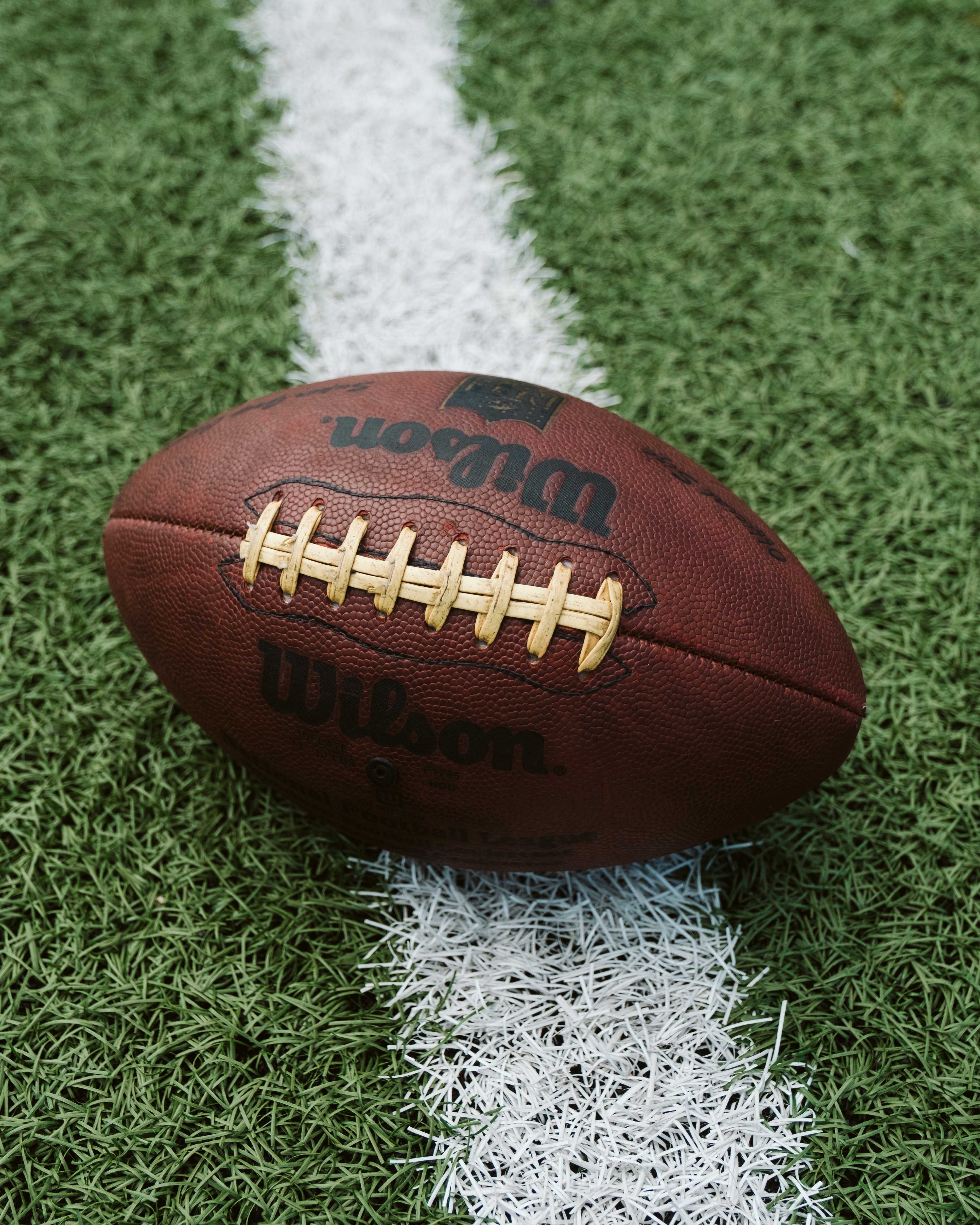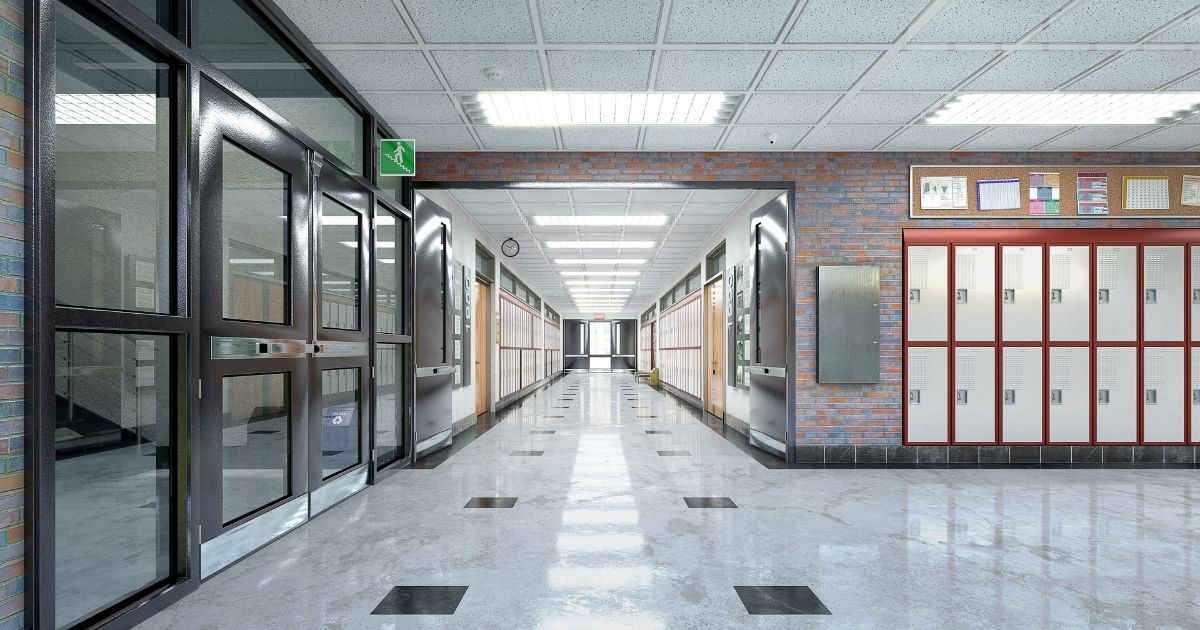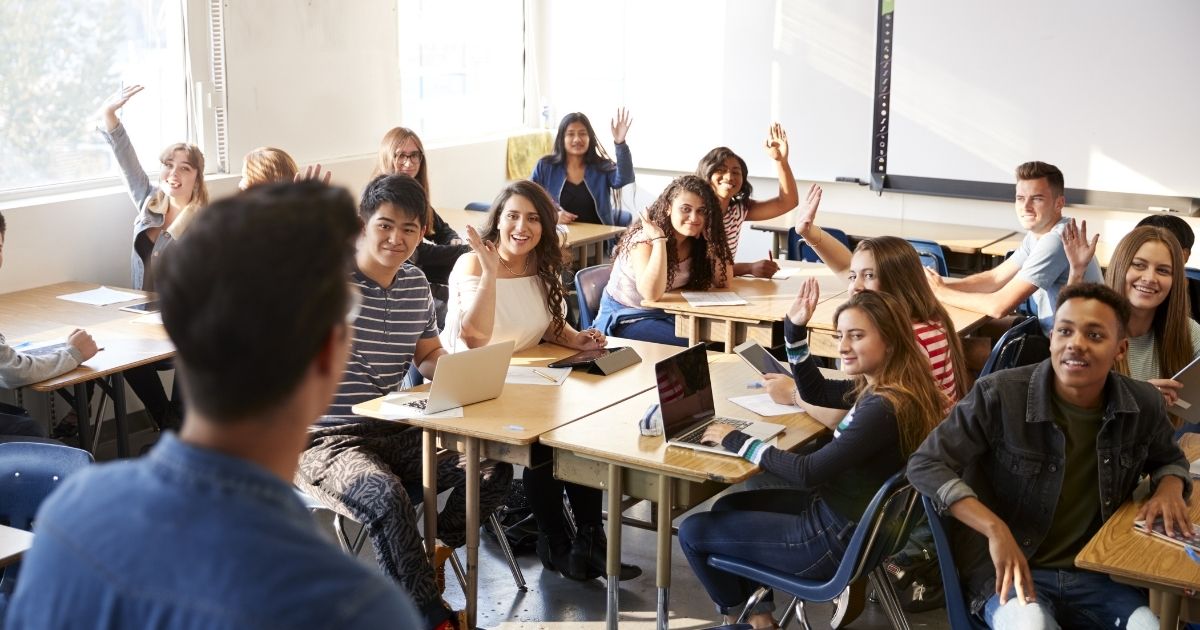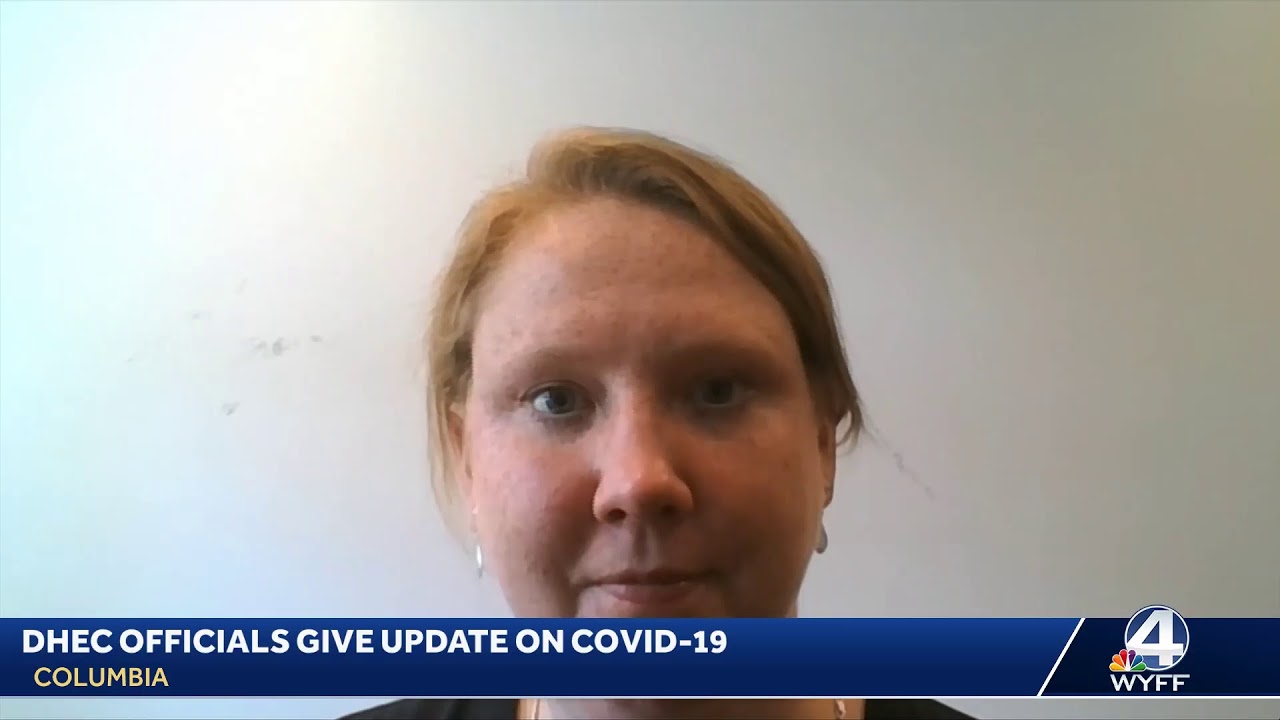The rules for fans at South Carolina high school sports this fall have been released and approved by the Department of Commerce.
The following rules will apply if attendance at a venue exceeds the governor’s executive order for spectator capacity which is 50% capacity or 250 people whichever is less.
General Guidelines:
Pre-event/ Spectator Arrival and Entrance:
Parking:
•If possible, communities should be separated for parking.
•Gathering of crowds for tailgating or other social interactions is prohibited.
•Upon exiting the vehicle, all persons must put on their face covering. Ticket Sales and Spectator Flow at Games:
•E-tickets and pre-sale options should be used to avoid long lines the night of an event. These options should be made available to visiting schools.
•If possible, tickets should be sold in a “drive-through” manner where each car will purchase tickets for everyone in the car to prevent standing in lines.
•If possible, home and visiting spectators should have separate ticket booths to purchase tickets.
•If separate ticket booths are not possible, physical barriers should be used to help keep communities separate. •Provide physical guides, such as placards, tape on floors or sidewalks and signs on walls, to ensure that individuals remain at least 6 feet apart when waiting in line.
•Use touchless payment options as much as possible, if available.
•Exact change should be used if possible to prevent money from having to be exchanged.
•Customers and employees should exchange, tickets, cash or card payments by placing them on a receipt tray or on the counter rather than by hand to avoid direct hand-to-hand contact.
•Clean and disinfect frequently touched surfaces such as pens, counters, or hard surfaces between use and encourage patrons to use their own pens.•Hand Sanitizer should be available at every ticket window. Spectator Flow:•Hand sanitizer stations should be set up at all entrances and exits. •Consider unidirectional foot traffic flow-entering one portal or door and exiting through another.
•If possible, separate entrance gates for home and visiting spectators should be used.
•If possible, separate exit gates for home and visiting spectators should be used.
•Provide physical guides, such as placards, tape on floors or sidewalks and signs on walls, to ensure that individuals remain at least 6 feet apart when waiting in line to enter or exit a facility.
•Spectators should not be able to cross from one side of a venue to the other during the contest to limit communities from interaction.
•If possible, multiple exits should be used post-event to allow for spectators to maintain social distancing while exiting the facility.
•Congregating in groups inside a venue is not allowed. Any area that cannot be monitored to ensure social distancing can be maintained should be a restricted area.
Staying Home When Appropriate
•All staff, spectators and other auxiliary groups should stay home ifthey have a fever or feel sick.
•All staff, spectators and other auxiliary groups must quarantine andstay home if they have tested positive for COVID-19 or are showing COVID-19symptoms.
•All staff, spectators and other auxiliary groups must quarantine and stay home and monitor their health if they have had close contact with a person who has symptoms of COVID-19 within the past 14 days.Capacity of Venue:
•Schools should determine what capacity their venue can accommodate so that people remain 6feet apart at all times.(Indoor facilities should not exceed 50% capacity as defined by the Fire Marshall).
•Schools may include standing room only and non-traditional seating areas in their capacity accommodations
•When determining capacity, consideration must be given to seating occupied by bands, cheerleaders, teams in waiting, or any other group that will have seating blocked off for their use during the event.
•Signage should be posted to indicate the capacity of your venue.
•Venue policies such as restricted use of playgrounds and other open areas where children have traditionally played during athletic contests will require home management to plan to supervise and/or restrict these areas from use.
•Establish a plan and protocol for when your venue reaches capacity. This plan should be in place before holding an event. Communicate your plan with all event workers and visiting schools.
•Once you have reached capacity no other persons should enter the venue. Personal Safety Requirements:
•All staff, spectators and anyone associated with an auxiliary group must wear a face covering at all times.
•All spectators and anyone associated with an auxiliary group must maintain6 feet social distancing at all times during the event. (Consideration should be given to families from the same household)
•Megaphones and any other similar artificial noisemakers that could potentially spread respiratory droplets are prohibited for use by spectators.
•Schools and Districts should revise their Emergency Action Plans as needed to address social distancing in the event there isan emergency procedure needed during a contest.
•Host Schools should consider having a COVID-19 coordinator that lays out a specific plan on how to deal with someone who becomes ill during the contest that minimizes their contact with others in attendance. Cleaning and Disinfecting:•Clean and disinfect frequently touched surfaces within the venue at least daily and between uses as much as possible—for example, door handles, sink handles, grab bars, hand railings, and cash registers.
•Clean and disinfect shared objects between uses—for example, payment terminals, tables, countertops,and condiment holders.
•High use areas such as restrooms, ticket counters, and concession windows should be cleaned frequently throughout the event.
•Consider closing areas that cannot be adequately cleaned and disinfected during an event.
•Develop a schedule for increased routine cleaning and disinfection.
•Set up hand sanitizer stations at ticket windows, gate entrances, restrooms and throughout the venue.Physical Barriers and Guides:
•Provide physical guides, such as placards, tape on floors or sidewalks and signs on walls, to ensure that individuals remain at least 6 feet apart in lines and at other times (e.g.,guides forcreatingone-wayroutes).
•Install physical barriers, such as sneeze guards and partitions, in areas where it is difficult for individuals to remain at least 6 feet apart. Barriers can be useful at cash registers and other areas where maintaining physical distance of 6 feet is difficult.
•Block off seats on each row that are closest to the steps to allow for 6 ft. social distancing during traffic flow.
•Change seating layout or availability of seating so that people can remain least 6 feet apart.Communication, Signs and Messages
•Schools must communicate clear expectations and any relevant city, county and district ordinanceswith visiting schools that are specific to your venue.
•Post signs in highly visible locations (e.g., at entrances, in restrooms) that promote everyday protective measures and describe how to stop the spread of germs by properly washing handsand properly wearing a mask. (Find freely available CDCprint and digitalresources about COVID-19 on CDC’scommunications resourcesmainpage.)
•Post signs that communicate the risk of attending the event as it relates to spreading and contracting COVID-19.
•Utilize PA systems to broadcast regular announcements on reducing the spread of COVID-19 on public address systems.•Utilize social media to spread information about behaviors that prevent spread of COVID-19.
•Utilize social media to share information about your venue to potential spectators
Restrooms
•Consider limiting the number of people who occupy the restroom at one time to allow for social distancing.Signs should be posted outside the restroom to display the maximum capacity while maintaining social distancing.
•Do not allow lines or crowds to form near the restroom without maintaining a distance of at least 6 feet from other people. It may be helpful to post signs or markers to help attendees maintain the appropriate social distance of at least 6 feet.
•Ensure that open restrooms are:
oOperational with functional toilets.oCleaned and disinfected regularly, particularly high-touch surfaces such as faucets, toilets, stall doors, doorknobs, countertops, diaper changing tables, and light switches.
▪Clean and disinfect restrooms daily or more often, if possible, with EPA-approved disinfectants against COVID-19.
▪Ensure safe and correct application of disinfectants and keep products away from children.
oAdequately stocked with supplies for handwashing, including soap and water or hand sanitizer with at least 60% alcohol (for staff and older children who can safely use hand sanitizer), paper towels, tissues, and no-touch trash cans.
▪If you are providing portable toilets, also provide portable handwashing stations and ensure that they remain stocked throughout the duration of the event. If possible, provide hand sanitizer stations that are touch-free.Concessions
•If the event includes food service, refer to CDC’s COVID-19 considerations for restaurants and bars.
•Use touchless payment options as much as possible, if available.•Ask customers and employees to exchange cash or card payments by placing them on a receipt tray or on the counter rather than by hand to avoid direct hand-to-hand contact.
•Clean and disinfect frequently touched surfaces such as pens, counters, or hard surfaces between use and encourage patrons to use their own pens.•Provide physical guides, such as tape on floors or sidewalks and signs on walls, to ensure that individuals remain at least 6 feet apart when waiting in line to order or pick up.
•If possible, concessions should be available to both home and away spectators without the groups crossing over.•If possible,satellite concession stands should be set up to allow spectators more options to purchase while minimizing the length of lines.
•Only pre-packageddrinks and foodsmaybe sold
.•Use disposable food service items including utensils and dishes. If disposableitems are not feasible or desirable, ensure that all non-disposable food service items are handled with gloves and washed with dish soap and hot water or in a dishwasher.
•Individuals shouldwash their hands after removing their gloves or after directly handling used food service items.
•Only pre-packaged condiments may be used.










